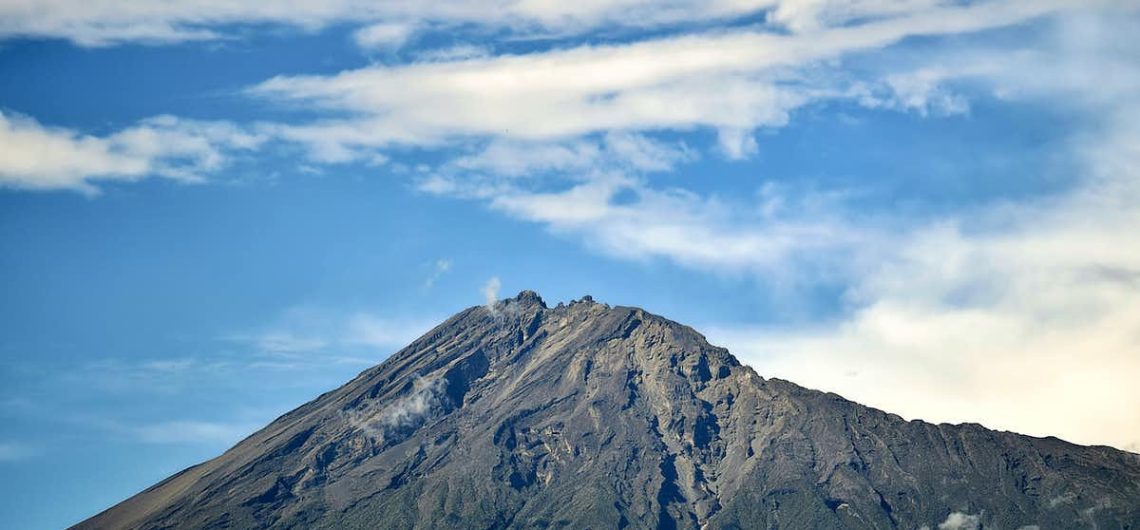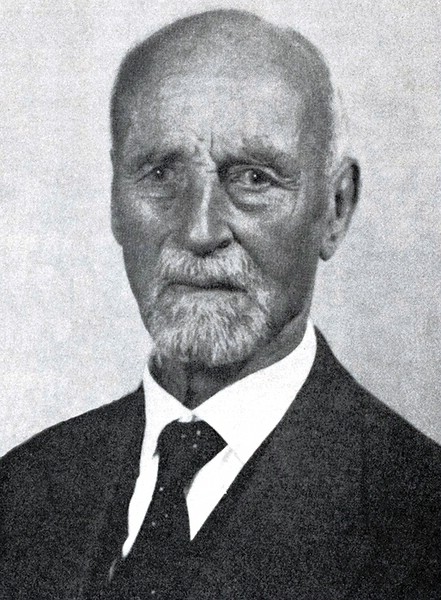Fritz Jaeger, a German geologist and explorer, holds the distinction of being the first recorded individual to reach the summit of Mount Meru. In the year 1904, Jaeger embarked on an expedition to explore the East African region, with Mount Meru as one of his primary objectives. Armed with a thirst for adventure and a scientific curiosity, he set out to conquer the formidable peak.
Jaeger’s journey to the summit of Mount Meru was no easy feat. The ascent presented numerous challenges, including treacherous terrain, unpredictable weather conditions, and the sheer physical demands of high-altitude climbing. Undeterred by these obstacles, Jaeger pushed forward, driven by his unwavering determination and a deep passion for exploration.
As he climbed higher, Jaeger marveled at the diverse ecosystems that unfolded before him. The mountain revealed its true splendor, with lush rainforests giving way to open moorlands, and eventually, barren rocky ridges. Along the way, he encountered an array of unique flora and fauna, some of which were found nowhere else in the world. This encounter with nature’s wonders only fueled Jaeger’s resolve to reach the summit.
After weeks of arduous trekking and mountaineering, Jaeger finally stood atop the majestic peak of Mount Meru. The view from the summit was nothing short of awe-inspiring. As far as the eye could see, the Tanzanian landscape stretched out in all its breathtaking glory. The vastness of the African plains, the distant peaks of neighboring mountains, and the beauty of nature in its purest form lay before Jaeger’s eyes—a reward reserved only for those bold enough to undertake such a remarkable journey.
Jaeger’s achievement marked a significant milestone in the history of mountaineering. His successful ascent of Mount Meru not only showcased the human spirit’s indomitable will but also shed light on the mountain’s unique characteristics and the challenges it posed to climbers. His pioneering climb opened doors for future mountaineers, inspiring them to follow in his footsteps and explore the wonders that awaited on the slopes of Mount Meru.
Over the years, countless adventurers and climbers have embarked on their own quests to conquer Mount Meru. Each person adds their own chapter to the mountain’s story, leaving their mark on its rocky terrain and carrying forward the spirit of exploration ignited by Fritz Jaeger’s historic ascent.
Today, Mount Meru continues to attract climbers from around the world. Its allure lies not only in its physical grandeur but also in the sense of accomplishment and connection with nature that climbers experience when they reach the summit. The legacy of Fritz Jaeger, the first person to conquer Mount Meru, lives on, reminding us of the human capacity for discovery and the enduring appeal of pushing beyond our limits.
Mount Meru, a magnificent dormant volcano located in Tanzania, has a rich mountaineering history that dates back many years. It has lured adventurers and climbers with its imposing presence, captivating landscapes, and the promise of an unforgettable experience.
 Who was Prof Fritz Jaeger
Who was Prof Fritz Jaeger
- Fritz Jaeger studied mathematics, physics, geography and geology in Heidelberg – with breaks in Zurich and Berlin – and became a geographer under the influence of A. Hettner.
- In 1903/04 he carried out his first major research trip (“East African Expedition of the Otto Winter Foundation”) with his older student C. Uhlig, which led to the discovery of the “Winter Highlands”, later the Giant Crater Highlands.
- Through the colonial geographer Hans Meyer, the first person to climb Kilimanjaro, he was commissioned by the Reich Colonial Office for a second expedition to East Africa in 1906/07, on which, accompanied by his cousin Eduard Oehler, he geographically and cartographically recorded the giant crater highlands and the high region of Kilimanjaro glaciological studies.
- In 1909 he habilitated in Heidelberg.
- In 1911 he was appointed to the chair for colonial geography at the Univ. Berlin appointed.
- In 1912 he was able to take part in the international transcontinental excursion through North America led by WM Davis. In 1914, again on behalf of the Reich Colonial Office, he went to a 3rd afrikan. Research trip, this time to South West Africa with the younger L. Waibel.
- Surprised by the World War and detained in the country for 5 years, he collected rich material for a regional study of South West Africa.
- Returning to Berlin in 1919, he turned his attention to general depictions of Africa.
- In 1928 he took over the chair of geography at the Univ. Basel, which he held until 1947.
- By processing generally African. Problems, a trip to the highlands of Mexico in 1925 and another to Algeria in 1935, Jaeger was led to various questions of general geography: the shift of the climate belt in the Ice Age, the climatic dry line and the dry lakes (“pans”) of the earth, the climatic vegetation structure of the Tropics, the limits of agriculture (rainfoil limit, altitude limit and polar limit).
- He published water maps of the 5 continents and a map of the cultural-geographical division of the earth.
- The move from his native country to Switzerland in 1928 and the Nazi regime in Germany brought Jaeger into political difficulties towards the end of the war.
- in the Kaiserl. Raised in Germany and nationally German-minded, he also clung to his native Switzerland, which he saw as a role model for a future united Europe.
- Extremely kind and politically naïve, he overlooked the gap and believed in the coexistence of Nazi Germany and democratic Switzerland.
- A few imprudences even made him suspect of espionage and he was relieved of his office in 1947, even though he was able to refute criminal charges in court and save a pension.
- He lived for 19 years in Basel and Zurich in retirement and withdrew to scientific work. At the age of 78 he was able to lead a group of tourists through Kenya and today’s Tanzania, also to the giant crater highlands, his former discovery area.
Read about climbing Mount Meru here
![]()


 Who was Prof Fritz Jaeger
Who was Prof Fritz Jaeger
Comments